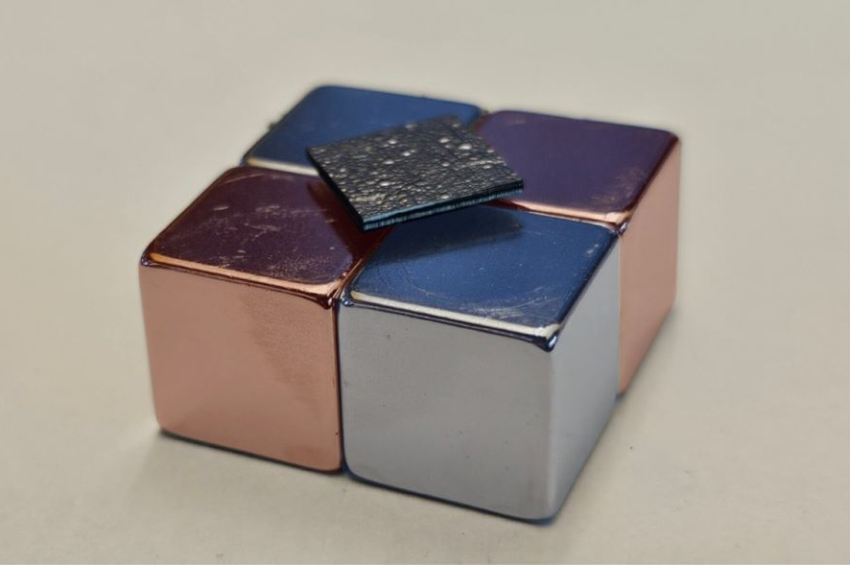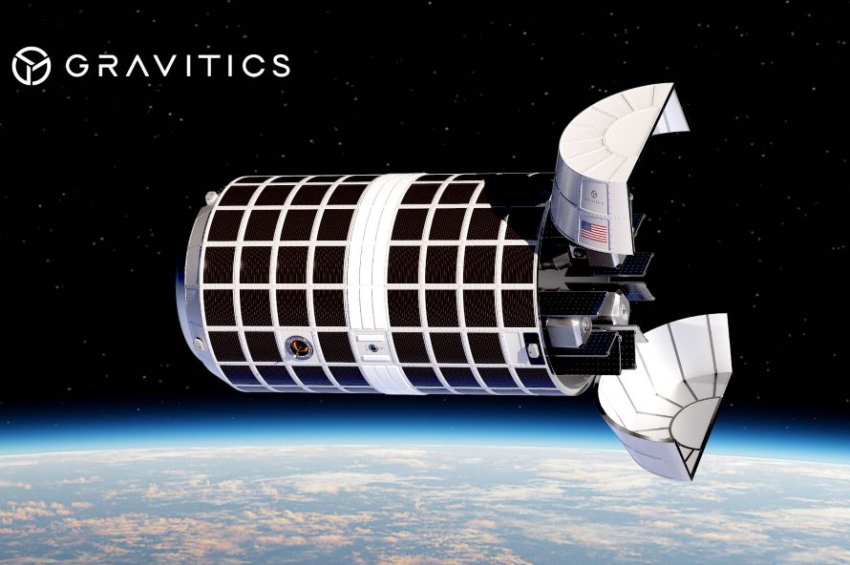Japanese scientists demonstrate new graphite levitating over magnets
Researchers at the Quantum Machines Unit of the Okinawa Institute of Science and Technology (OIST) have demonstrated how a small piece of graphite levitates almost perfectly above a grid of magnets.
The most common type of levitation occurs through magnetic fields. Objects such as superconductors or diamagnetic materials (which are repelled by a magnetic field) can float above magnets to develop advanced sensors for various scientific and everyday uses, OIST said in a press release.
More to read:
How to store energy in red bricks with nanotech
In a new study, published in the journal Applied Physics Letters, the OIST scientists explain that the new material - a vacuum using graphite - can remain suspended in a stable position above a set of magnets arranged in a grid pattern below without any physical contact or mechanical support.
Graphite, the crystalline form of carbon found in pencils, is strongly repelled by magnets (highly diamagnetic). By chemically coating a powder of microscopic graphite beads with silica and mixing the coated powder in wax, the researchers formed a centimeter-sized thin square plate that hovers above the magnets.
Exemplifying the use of this technology, they said it could assist in the development of ultra-sensitive sensors for highly precise and efficient measurements for both scientific and consumer-level employments.
Or, design new transportation systems, for instance, by improving the maglev trains.
More to read:
Chinese startup unveils miniature atomic battery
But creating a floating platform that requires no external power has several challenges. The biggest limiting factor is “eddy damping,” which occurs when an oscillating system loses energy over time because of external forces, such as air friction. When an electrical conductor, like graphite, passes through a powerful magnetic field, it experiences energy loss due to the flow of electrical currents. This loss has discouraged the use of magnetic levitation to develop advanced sensors.
The OIST team is now working on reducing external disturbances such as vibrations, magnetic fields, and electrical noise to improve their system.
***
NewsCafe is an independent outlet that cares about big issues. Our sources of income amount to ads and donations from readers. You can support us via PayPal: office[at]rudeana.com or paypal.me/newscafeeu. We promise to reward this gesture with more captivating and important topics.







